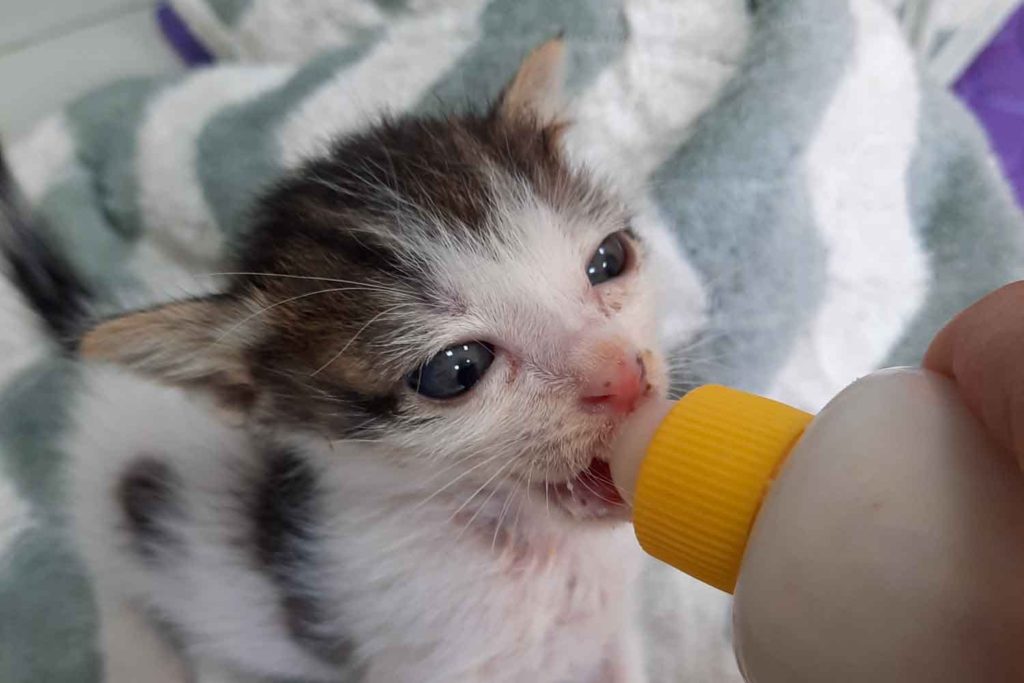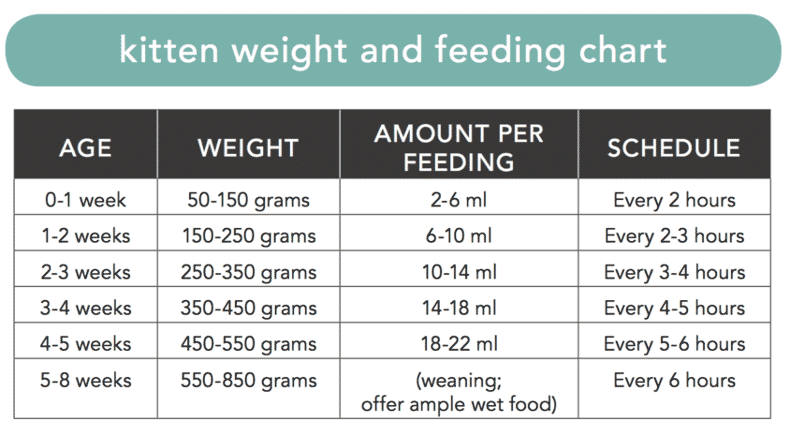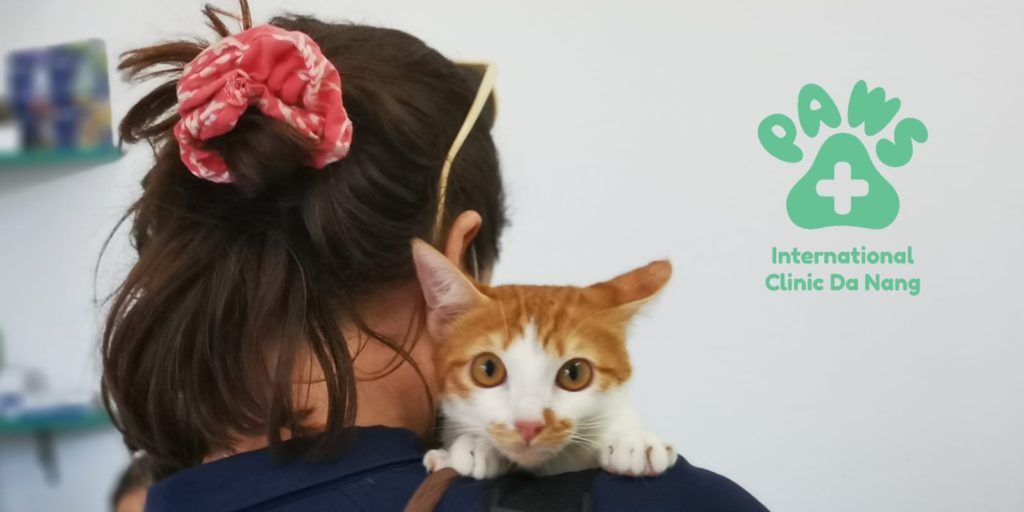
Kittens aged 0-4 weeks are extremely fragile – if possible, it is best to keep them with mum or find a nursing queen to accept some new babies. A mother’s milk is nutritious and filled with colostrum, which protects kittens against sickness – something which is difficult to replace!
If you can’t find a mother, here are some top tips on caring for neonates.
Orphaned kittens require you to pay strict attention to their hygiene for optimal health and development. Follow these best practices for proper kitten hygiene:
Every neonatal kitten caregiver should have a scale. Kittens should be weighed 1-2 times a day at least, to ensure that they are gaining weight. A healthy kitten should be gaining weight every day (except when she is transitioning to solid food which may cause her to plateau for a bit), and weight loss can be one of the first indicators that something is wrong. Even the loss of 30g is substantial for a 300g kitten.

Neonatal kittens can’t pee or poop on their own. Usually, the mother would lick their genital area after each feeding – you can simulate this by using a warm damp cloth or wet wipe, gently rubbing until they have finished peeing.
At 4 weeks old you can introduce a shallow litter box. Leave a soiled tissue there so they can smell and learn that is where to pee and poo!
Kittens under 4 weeks of age cannot regulate their temperature, and therefore rely completely on an external heat source to keep their body warm. Usually, kittens rely on their mothers for bodily warmth, but when orphaned, they must always have a heat source to keep them warm. You should use a heating pad or hot water bottle with soft blankets or towels layered on top to protect the kitten from burns.
If you find a cold kitten, they should be completely warmed up before feeding. Check the heat source at each feeding time to ensure it is still warm.
Unfortunately, neonatal kittens are extremely fragile, and no matter what you do they simply just fade. It is important to know that you did a good job regardless, and although it’s sad, you gave them the best chance at life.
If you have reached this stage – CONGRATULATIONS CAT MAMA! The hard part is over, and you can enjoy watching your babies reach their milestones.
To begin weaning a kitten, mix the kitten food with bottle formula so they recognise the taste. Smear the mixture around their mouth with your finger and let them lick it off. Once they get used to the taste, they’ll seek it out elsewhere, and you can then introduce them to lapping from a bowl.
Monitor them so they don’t lap too fast, and never push their face into the bowl, which could cause them to inhale the mixture and develop pneumonia.
You should also closely monitor food intake at this stage – kittens will “suck” and these “eating sounds” can often lead to carers mistakenly thinking they have eaten a lot, when in fact nothing has been consumed. It is therefore a good idea to have separate bowls for kittens, so you can clearly see who has eaten, and who has not.
A general schedule for kitten weaning might be:
Weeks 4-5: Give wet kitten food, mixed with formula to form a slush. Supplement with formula if the kitten is not taking to the new food, to make sure they get enough calories.
Weeks 5-6: The weaning kittens should start to nibble on the dry food, slightly moistened with water. You may also continue with wet kitten food.
Weeks 6-7: By now, the kitten weaning process is complete, and they should be eating all solid food by week seven.
The primary socialization window for kittens occurs from 2-7 weeks of age. Kittens that are actively socialised are less fearful in unfamiliar situations and adapt better to changes in their environment.
Those without adequate socialisation frequently develop behaviour problems such as play aggression, inappropriate play behaviour and fear aggression.
Kittens who are handled gently in their first 7 weeks are more likely to develop larger brains, are more exploratory, playful, and better learners.
Next, check out our Caring for Kittens Guide.


©2022 Paws For Compassion · Website by C: Digital Solutions